Special Report
12 of the Deadliest Wars in World History

Published:
Last Updated:

The war in Ukraine stretches on well into its second year. The conflict, which many pundits expected to end after a few months, has exceeded all but the most conservative estimates, largely because Ukraine’s western allies have funneled tens of billions of dollars in weapons into the besieged nation. A report released last month estimates that as many as 17,500 Ukrainians and 43,000 Russians have been killed since the invasion began. No matter how long the war drags on, the death totals in the war will never close to some of the most horrific in world history, in which millions died.
To find the wars that killed the most people in history, 24/7 Wall St. reviewed nonprofit The Borgen Project’s list, Top 12 Deadliest Wars in History. All figures are from The Borgen Project.
What is called “modern war” began about the year 1800. It was characterized by the wide use of gunpowder and heavy weapons, which included, in particular, cannons. The earliest of these were the Napoleonic Wars (1803 to 1815). These had another characteristic. They were fought over large geographic areas that included multiple nations.
While the American Revolutionary War (1775 to 1783) was the first war fought on U.S. soil, the total number of combatants killed was about 20,000, and civilian deaths were approximately the same. That total is horrible, but it does not compare at all with the next war fought in the United States. Civil War deaths have been estimated as high as 850,000. (These are the wars in which the most Americans died.)
Most major wars that occurred after the Civil War were fought between two or more countries. Among the exceptions are the Chinese Civil War, which started in 1927 and ran until 1950. It is estimated to have killed 8 million combatants and civilians.
Navies were an early change in how wars were fought. A more recent, but major, change in warfare tactics was the use of aircraft as weapons. Planes were not widely used until World War I and eventually evolved to the point where they could level entire cities, which first happened in World War II.
World War II was fought across virtually all of Europe and much of the Pacific, and a number of armies were involved, including soldiers from India. The war in the Pacific theater ended with the atomic bombs dropped on Hiroshima and Nagasaki, which are estimated to have directly killed 200,000 people, mostly civilian. (These are 18 of the deadliest weapons of all time.)
Click here to see this war killed the most people in history
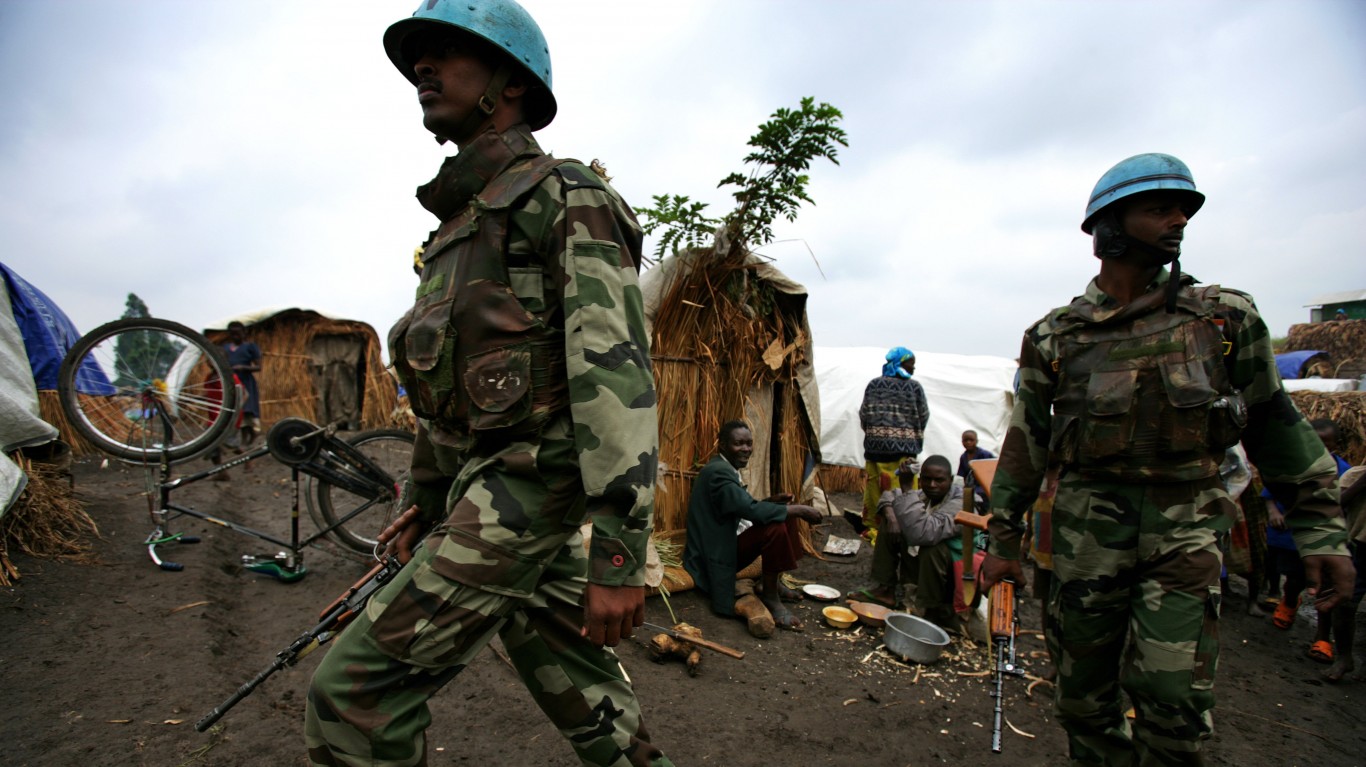
The Second Congo War
> Years fought: 1998-2003
> Approximate deaths: 5.4 million
[in-text-ad]

Napoleonic Wars
> Years fought: 1803-1815
> Approximate deaths: 3.5 million-6 million
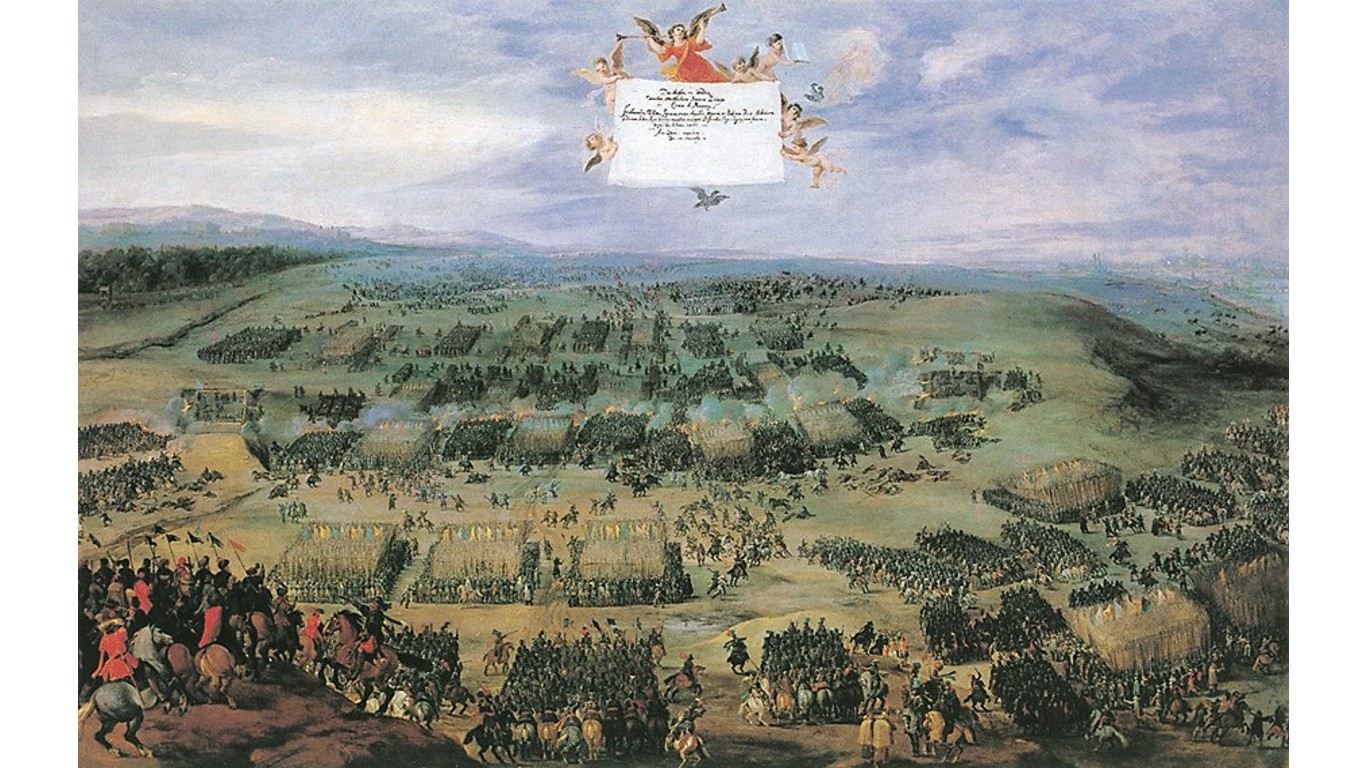
The Thirty Years’ War
> Years fought: 1618-1648
> Approximate deaths: 8 million

The Chinese Civil War
> Years fought: 1927-1950
> Approximate deaths: 8 million
[in-text-ad-2]
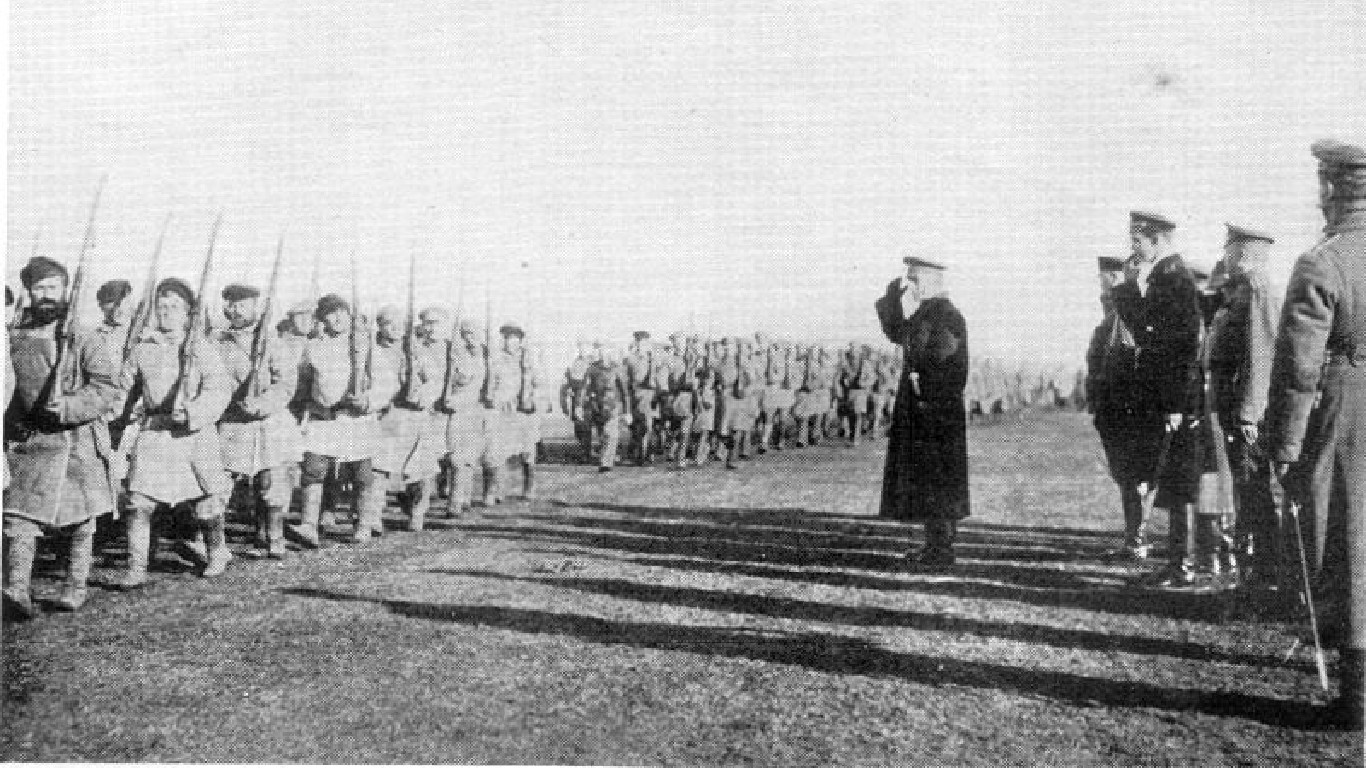
The Russian Civil War
> Years fought: 1917-1922
> Approximate deaths: 9 million
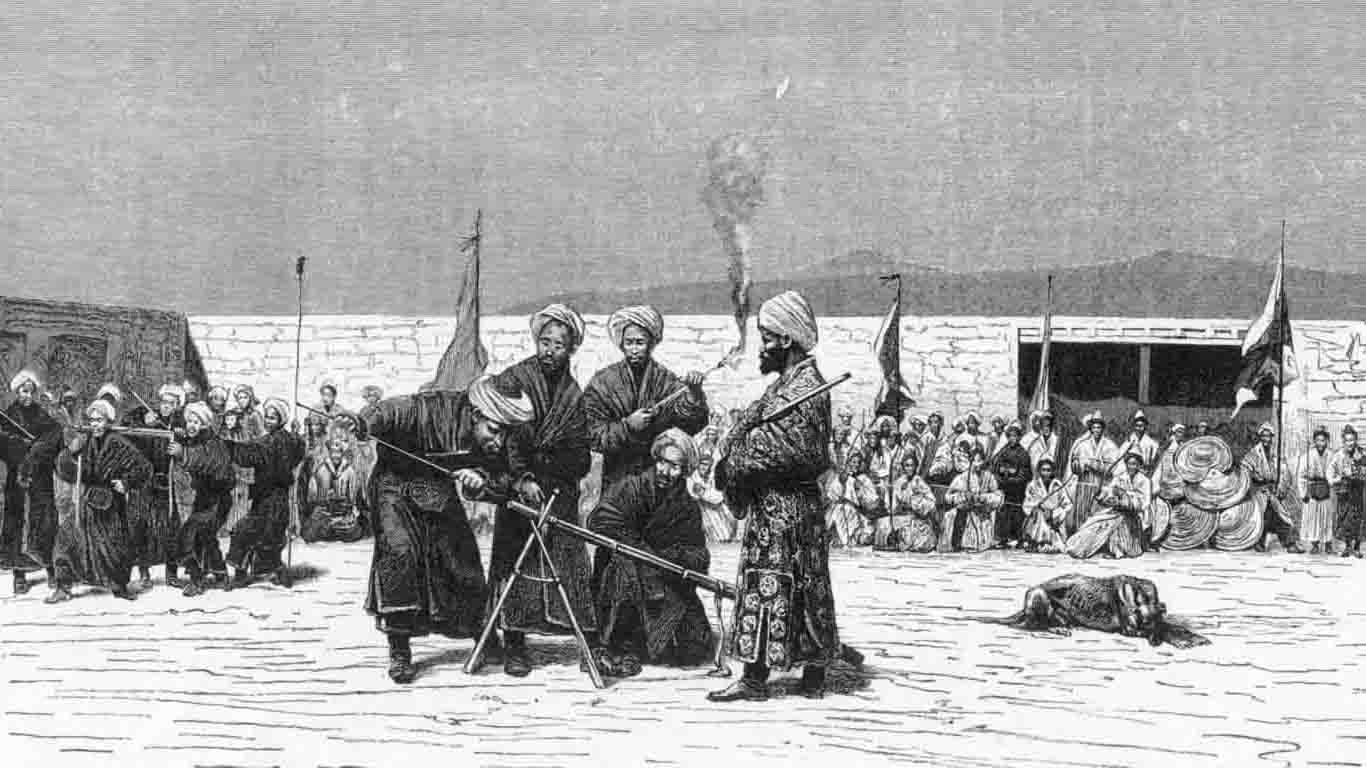
The Dungan Revolt
> Years fought: 19th-century China during the Qing Dynasty
> Approximate deaths: 20 million
[in-text-ad]

An Lushan Rebellion
> Years fought: 755 A.D.-763 A.D.
> Approximate deaths: 36 million
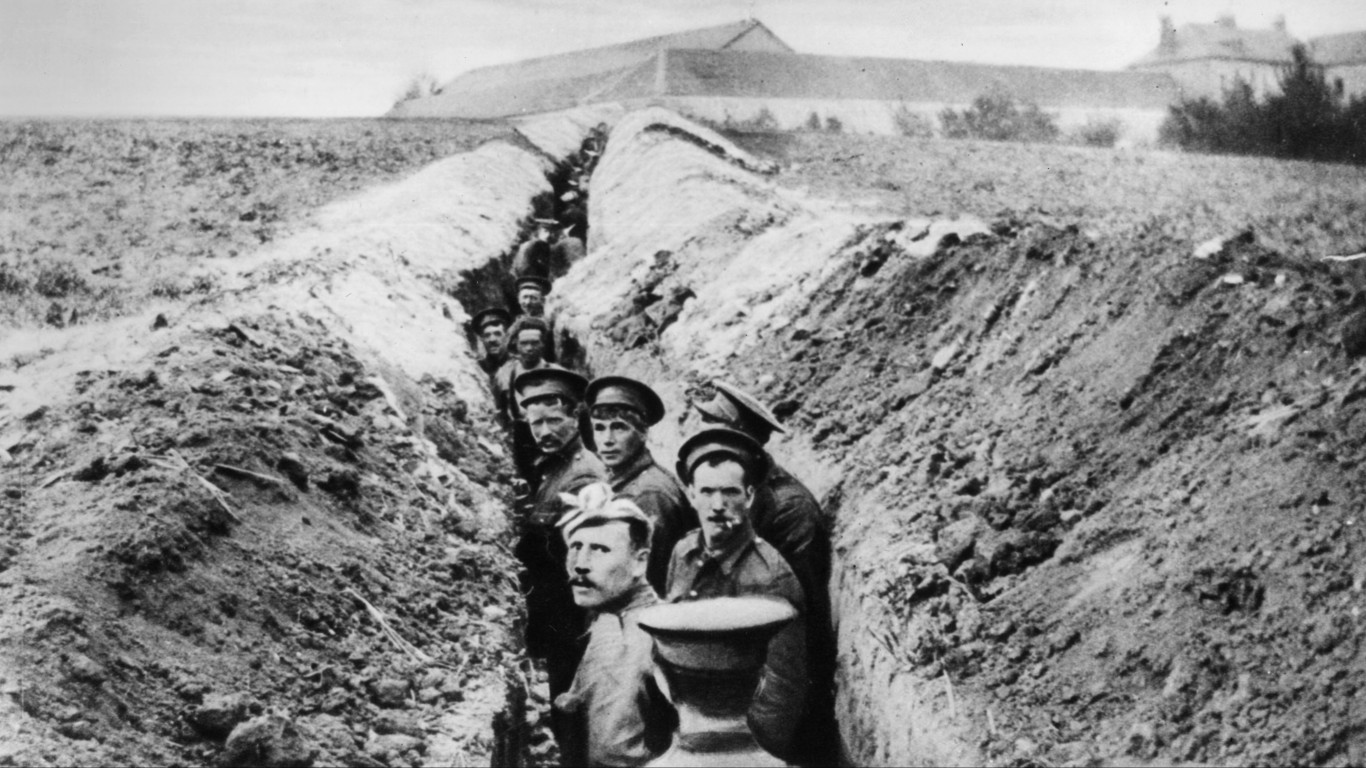
World War I
> Years fought: 1914-1918
> Approximate deaths: 18 million

Taiping Rebellion
> Years fought: 1850-1864
> Approximate deaths: 20 million-30 million
[in-text-ad-2]

The Qing Dynasty Conquest of the Ming Dynasty
> Years fought: 1618-1683
> Approximate deaths: 25 million
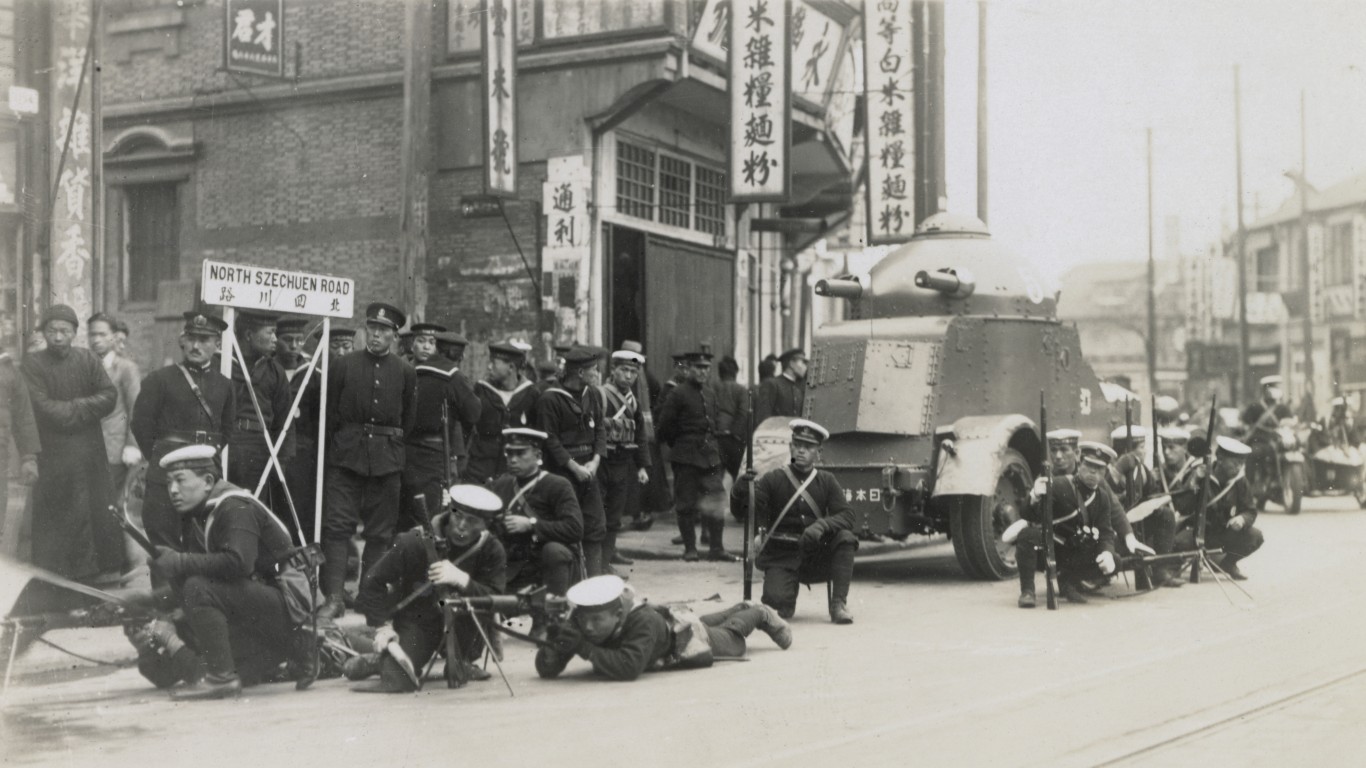
The Second Sino-Japanese War
> Years fought: 1937-1945
> Approximate deaths: 29 million
[in-text-ad]
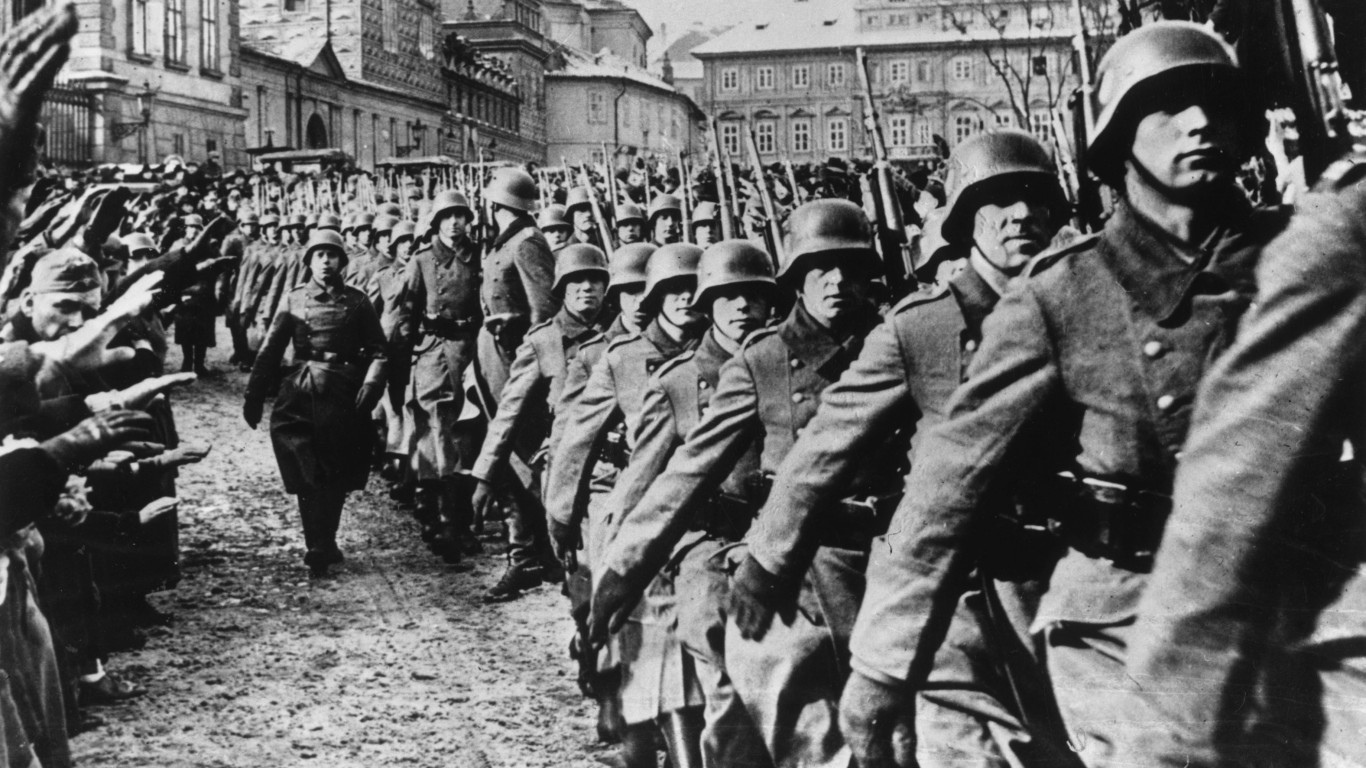
World War II
> Years fought: 1939-1945
> Approximate deaths: 70 million
If you’re one of the over 4 Million Americans set to retire this year, you may want to pay attention. Many people have worked their whole lives preparing to retire without ever knowing the answer to the most important question: am I ahead, or behind on my goals?
Don’t make the same mistake. It’s an easy question to answer. A quick conversation with a financial advisor can help you unpack your savings, spending, and goals for your money. With Zoe Financial’s free matching tool, you can connect with trusted financial advisors in minutes.
Why wait? Click here to get started today!
Thank you for reading! Have some feedback for us?
Contact the 24/7 Wall St. editorial team.